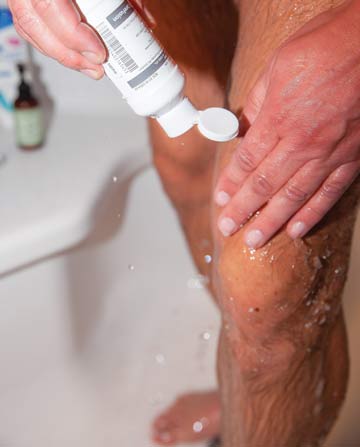The staff members who milled around the front desk of The Reading Hospital SurgiCenter at Spring Ridge were used to hearing one side of a familiar conversation.
"No, ma'am. There isn't a fountain outside of our facility. You're at the wrong place."
"Yes, ma'am, you're not far away. We're just down the road. Don't worry, we won't start your procedure without you."
The SurgiCenter is 1 of 9 surgical facilities within an 11-mile radius in Wyomissing, Pa., and sits only a couple miles from the unaffiliated Reading Surgery Center. Confusing, right? There are far fewer lost patients who need help finding their way now that the SurgiCenter (not the Surgery Center) added pre-admission software that sends patients text messages linking their cellphones to Google Maps, which directs them to the right facility. Not worrying about giving and getting directions on the morning of surgery is a plus for patients and staff alike.
Many patients nowadays appreciate receiving information about their surgeries on their phones. It makes sense then that interest in pre-admission software in steadily increasing — about 45% of Reading Hospital SurgiCenter's patients had logged into the portal 3 years ago; now, 65% to 75% of patients interact with the center online — and why you should also consider capitalizing on the technology's many benefits.
- Patient portals. Reading Hospital SurgiCenter's software platform lets patients complete health histories online, at their convenience.
"The phone tag we often played with patients was a huge dissatisfier for them," says Susan Alexander, MSN, RN, CPAN, CSSM, Reading Hospital SurgiCenter's director of nursing. "We considered hiring a nurse to handle calls in the evenings or on weekends, but weren't interested in working beyond their normal hours."
Ms. Alexander says histories submitted online provide comprehensive views of patients' overall health, so staff can determine if they need specific medical clearance before undergoing surgery.
Nurses still call patients who don't use the online portal, but the number of calls that are made has decreased significantly, according to Ms. Alexander.
"We've gone from 3 full-time nurses handling pre-op phone calls to 2 full time nurses," she says. "We didn't eliminate a position. We've freed up a nurse to focus more on clinical responsibilities."
- Text message reminders. The platform also automatically sends patients text message reminders about their report time on the day of surgery, information about NPO (some patients are permitted to drink clear liquids after midnight based on pathways set up for specific procedures), arrival time on the day of surgery — really any type of communication staff wants to relay to patients.
- Patient-pleasing prgeviews. When Reading Hospital SurgiCenter first opened, the staff invited children who were scheduled for surgery to come in for an after-hours tour of the entire facility with the aim of lessening some of the anxiety they might be feeling about the unknown. Realizing its difficult for parents to take time off from work or pull their kids out of school, the facility produced a video tour of the facility featuring a nurse and a staff member's child (osmag.net/2RkMgB). The video, a huge hit with parents, is now available in an adult version and is now available online and patients receive a link to it in one of the series of texts they automatically receive before surgery.
.svg?sfvrsn=be606e78_3)

.svg?sfvrsn=56b2f850_5)